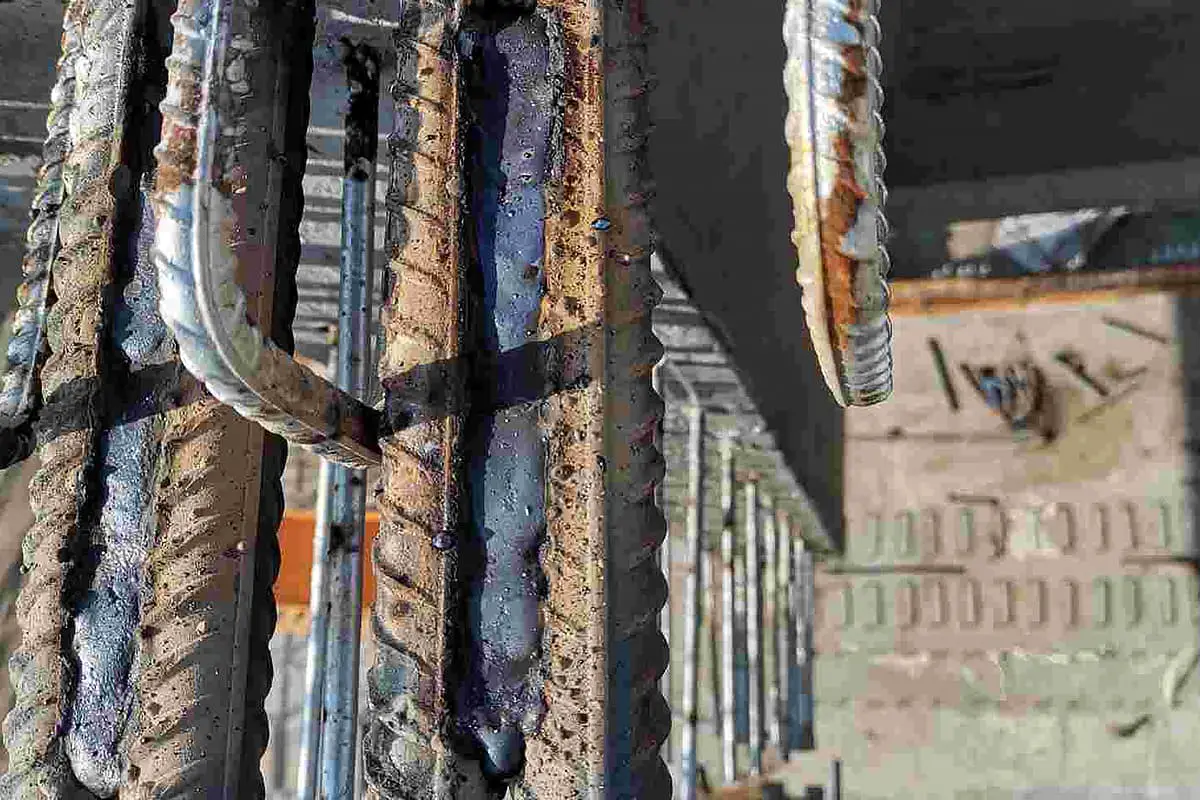Preventing Weld Undercut: Proven Techniques Every Welder Ought To Know
Preventing Weld Undercut: Proven Techniques Every Welder Ought To Know
Blog Article
Recognizing the Causes and Solutions for Undercut Welding in Steel Construction Processes
In the realm of metal fabrication procedures, the event of undercut welding postures a substantial obstacle that requires a detailed understanding of its causes and practical solutions. The intricate interaction of numerous aspects during welding operations can lead to this unwanted phenomenon, affecting the structural honesty and total high quality of the welded joints - Preventing weld undercut. By dissecting the origin of undercut welding and checking out effective therapeutic procedures, producers can elevate the criterion of their craftsmanship and guarantee the manufacturing of perfect metal parts
Typical Sources Of Undercut Welding
Often ignored in steel manufacture, undercut welding takes place due to numerous variables that require meticulous attention and knowledge to be successfully alleviated. Furthermore, incorrect welding methods, such as utilizing the wrong welding angle or travel speed, can also contribute to damage development. The option of welding specifications, such as voltage, present, and cable feed speed, plays a significant role in the occurrence of undercut welding.
Influence of Incorrect Welding Parameters
Imprecise welding criteria can dramatically endanger the stability and high quality of welded joints in steel manufacture procedures. The effect of incorrect welding parameters shows up in different methods, leading to architectural weak points and problems in the welded parts. One essential element affected by improper welding criteria is the penetration depth of the weld. Not enough warm input due to reduced welding currents or excessively high traveling rates can result in poor combination between the base metals, leading to insufficient joint penetration and damaged bonds. On the other hand, excessive warmth input triggered by high welding currents or slow-moving traveling speeds can cause burn-through and extreme reinforcement, developing a breakable and unstable weld framework. Additionally, inaccurate parameters such as incorrect voltage settings or inaccurate electrode angles can add to unpredictable weld grain profiles, absence of fusion, and boosted chances of problems like undercutting. Meticulous interest to welding parameters is paramount to ensure the production of high-quality welds with the preferred mechanical buildings and structural stability.
Effect of Improper Torch Angle
Inappropriate torch angle in welding operations can substantially affect the top quality and honesty of the final weld joints in steel fabrication processes. Undercutting is an usual welding issue where a groove forms along the weld toe, deteriorating the joint and endangering its structural honesty.
A torch angle that is as well high can lead to not enough infiltration, incomplete fusion, and enhanced spatter. On the other hand, a torch angle that is also shallow can cause too much infiltration, burn-through, and distortion of the base product. Preventing weld undercut. Correct torch angle is crucial for making certain regular weld top quality, toughness, and look
To avoid undercutting and various other problems brought on by inappropriate lantern angles, welders have to be educated to maintain the proper lantern angle throughout the welding process. Normal monitoring and change of torch angles during welding can help achieve sound welds with very little flaws.
Function of Inadequate Welding Methods

Another element of poor welding strategies is improper weld preparation. Inadequate cleaning of the base metals, incorrect joint style, or insufficient edge preparation can all add to damage welding. Insufficient securing gas protection or utilizing the wrong type of gas can result in incomplete blend and the development of undercut defects.
To deal with the role of poor welding techniques in this link steel construction procedures, it is important to provide comprehensive training for welders. Correct education and learning on welding specifications, joint preparation, and shielding gas choice can help stop undercut welding and guarantee top quality welds in steel construction tasks.
Efficient Solutions for Undercut Welding
Dealing with undercut welding in metal fabrication calls for carrying out efficient options to improve weld top quality and structural honesty. Among the key remedies to deal with undercut is to adjust welding specifications such as voltage, existing, and take a trip speed to make sure proper heat input and fusion. By fine-tuning these setups, welders can prevent too much melting of the base steel and filler material, minimizing the likelihood of undercut formation.
In addition, correct joint prep work is vital in preventing undercut. Making sure tidy base metal surface areas devoid of contaminants and utilizing the proper bevel angle can help promote far better weld penetration and reduce the danger of undercut - Preventing weld undercut. Using suitable welding strategies, such as weaving or oscillating the torch, can also help in dispersing warm equally and filling the weld joint appropriately, decreasing the opportunity of undercut issues
Additionally, picking the correct welding consumables, including electrodes and filler metals, is vital in mitigating undercut. Using materials with appropriate chemical structures and mechanical Discover More Here homes can contribute to achieving audio welds with marginal undercut. Normal inspection and quality control actions need to also be implemented to detect and attend to undercut problems immediately, making sure the general stability of made metal elements.

Conclusion
To conclude, understanding the causes and solutions for undercut welding in steel manufacture processes is critical for accomplishing top quality welds. By attending to usual causes such as incorrect welding criteria, inappropriate torch angle, and insufficient welding strategies, welders can avoid undercutting and guarantee strong, resilient welds. It is vital to take notice of these variables and apply effective options to improve the overall welding process and end product high quality.

Report this page